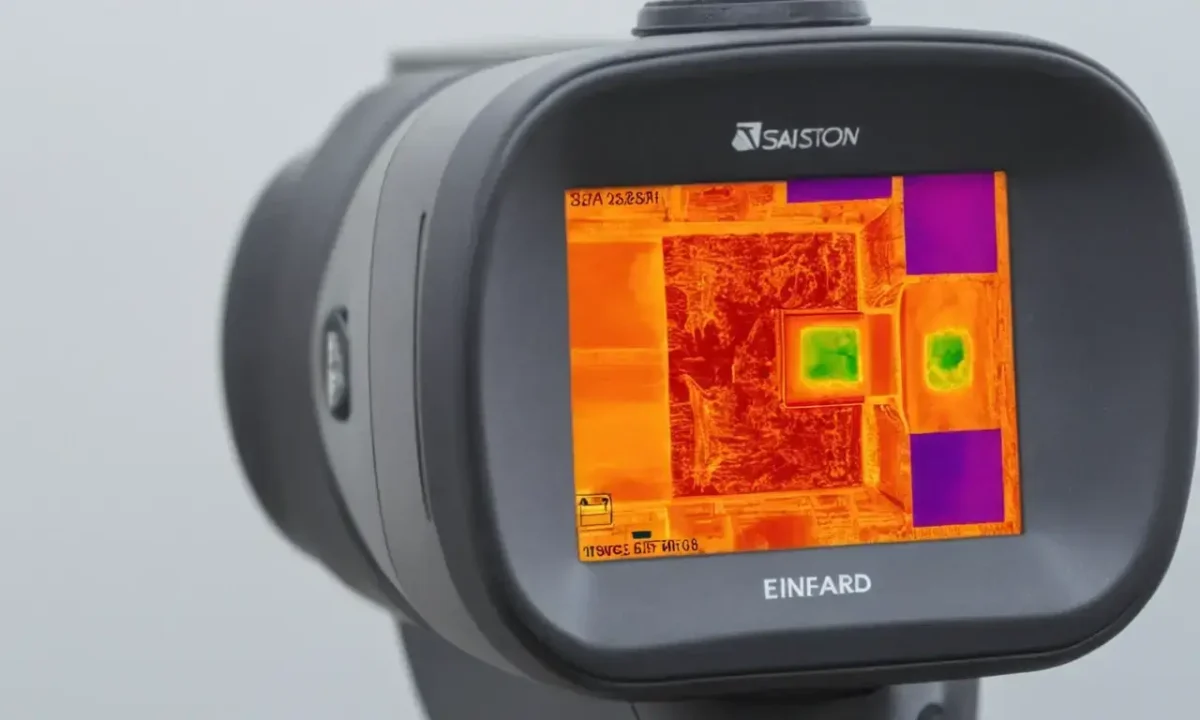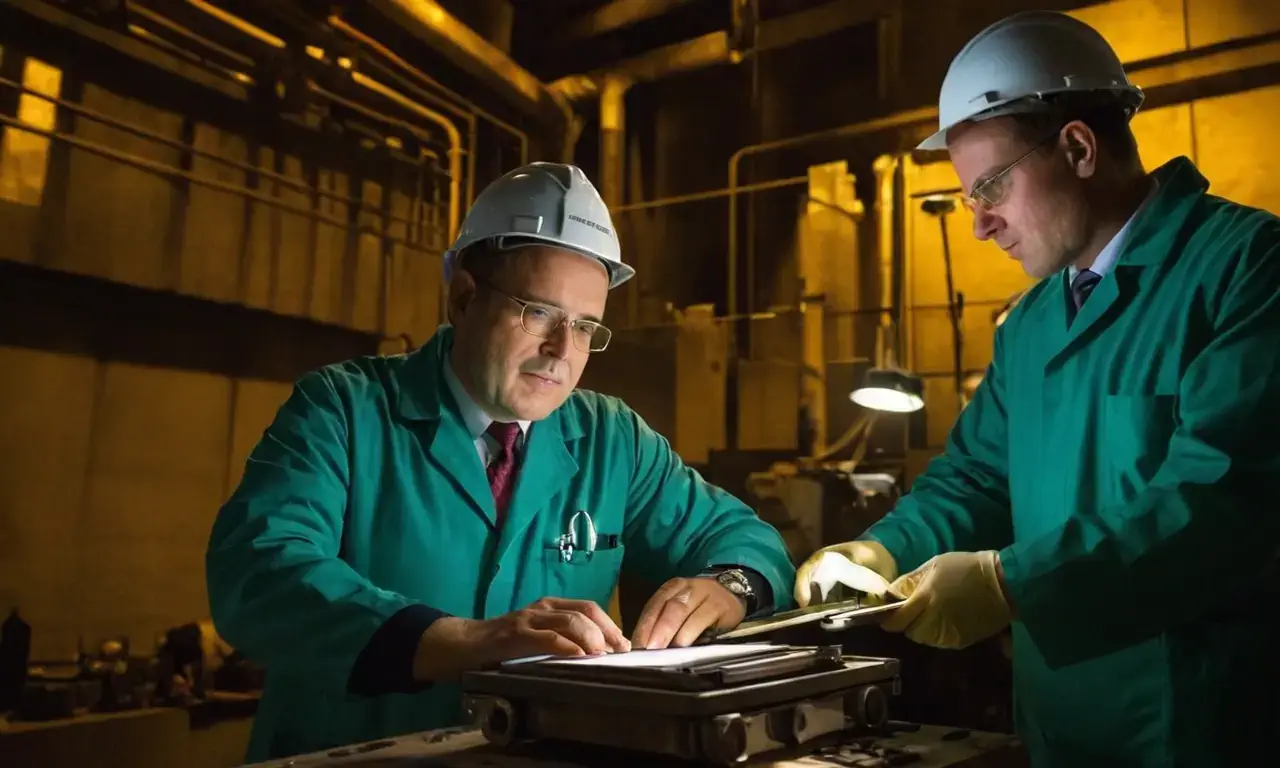
Thermal Imaging: Seeing Heat for Enhanced Awareness

Thermal imaging is a revolutionary technology that allows us to "see" heat instead of light, opening up a world of possibilities in various fields. This ability to detect infrared radiation has led to its widespread adoption in diverse applications, from law enforcement and military operations to medical diagnostics and environmental monitoring. By understanding the fundamentals of thermal imaging, including how it works, its types, and its numerous applications, we can appreciate its impact on our daily lives and future technologies.
This article aims to provide a comprehensive overview of thermal imaging systems, exploring their basic principles, various types, applications across different industries, advantages and disadvantages, and future trends. We will delve into the intricacies of microbolometer technology, discuss ethical considerations for responsible use, and ultimately conclude with an outlook on how this powerful technology will continue to shape our world.
What is Thermal Imaging?
Thermal imaging involves capturing infrared (IR) radiation emitted by objects based on their temperature. Unlike visible light cameras that capture wavelengths within the visible spectrum, thermal imagers detect heat signatures invisible to the human eye. This ability to perceive heat allows for enhanced situational awareness in various scenarios, enabling us to identify hot spots, track moving objects, and even detect subtle changes in materials.
The core principle behind thermal imaging lies in the concept of infrared radiation (IR). All objects with a temperature above absolute zero emit IR radiation. The hotter an object is, the more IR energy it emits. Thermal imagers utilize sensitive detectors called microbolometers to measure these minute fluctuations in IR radiation. These microbolometers are highly sensitive and can detect even the slightest variations in temperature, allowing them to capture images that highlight areas of high heat concentration.
Types of Thermal Imaging Systems
Thermal imaging systems come in various forms, each with its unique characteristics and applications. The two main categories are uncooled and cooled thermal imagers:
Uncooled Thermal Imagers: These are smaller, less expensive cameras that rely on a semiconductor material called a microbolometer to detect IR radiation. While they offer portability and affordability, uncooled imagers have limitations in sensitivity and image quality compared to cooled counterparts. They are often used for general-purpose applications like building inspections, leak detection, and security surveillance.
Cooled Thermal Imagers: These cameras utilize cryogenic cooling, which involves lowering the temperature of the microbolometer below its operating point. This significantly enhances their sensitivity, allowing them to detect even faint IR signals from objects at a distance. Cooled imagers are crucial for applications requiring high accuracy and detailed thermal mapping, such as scientific research, medical diagnostics, and military operations.
Microbolometer Technology and Its Limitations
Microbolometers form the heart of thermal imaging systems. These miniature sensors are designed to detect changes in infrared radiation by converting them into electrical signals. The microbolometer's core component is a bolometer, which consists of a thin layer of semiconductor material (typically silicon) with a very small size.
When IR radiation strikes the bolometer, it causes a change in its electrical resistance due to the absorbed energy. This change is then amplified and converted into an electrical signal that can be processed by the camera's electronics. The sensitivity of the microbolometer determines how effectively it detects these minute changes in temperature.
However, despite their advancements, microbolometers have limitations:
- Noise: Thermal noise from ambient sources can interfere with the detection process, leading to blurry images and inaccurate readings.
- Sensitivity: While sensitive enough for many applications, they may not be able to detect subtle temperature variations in some scenarios.
- Resolution: The resolution of thermal images is limited by the size of the microbolometer pixels. This means that detailed features might be difficult to discern.
Despite these limitations, microbolometers continue to play a crucial role in various applications due to their affordability and portability. As technology advances, researchers are constantly working on improving the sensitivity and performance of these devices, paving the way for even more sophisticated thermal imaging systems in the future.
Applications in Various Fields

Thermal imaging has found its place across numerous industries, each leveraging its unique capabilities to address specific challenges:
Law Enforcement: Thermal cameras help track suspects by detecting heat signatures emitted from their bodies. This is particularly useful during nighttime operations or when dealing with concealed individuals. Additionally, thermal imaging aids in crowd management by identifying potential hotspots and ensuring the safety of large gatherings.
Military Operations: Military forces utilize thermal imaging for various purposes, including surveillance, reconnaissance, and search and rescue operations. Detecting heat signatures from enemy positions allows soldiers to gain a tactical advantage during combat scenarios. Moreover, thermal cameras help locate lost personnel or victims in challenging environments like dense forests or mountainous terrain.
Firefighting: Firefighters rely on thermal imaging to identify hot spots and assess the spread of flames. This information helps them prioritize firefighting efforts and ensure the safety of firefighters and civilians. Thermal imaging also aids in determining the most effective evacuation routes during emergencies.
Archaeology: Archaeologists use thermal imaging to uncover hidden structures or artifacts buried beneath layers of soil or sediment. The heat signatures emitted by these objects can be detected, allowing archaeologists to identify potential archaeological sites with greater accuracy. This technology has proven invaluable in excavating ancient ruins and preserving historical treasures.
Building Inspections: Thermal cameras are used extensively for building inspections to detect leaks, insulation deficiencies, and other structural problems. By analyzing the temperature distribution within a building, inspectors can pinpoint areas that require repair or maintenance. This helps ensure energy efficiency and prevent costly repairs down the line.
Energy Sector: The energy sector utilizes thermal imaging for various purposes, including power grid monitoring and gas leak detection. Thermal cameras help identify potential faults in electrical infrastructure, reducing the risk of outages and ensuring the safe operation of power plants. They also play a crucial role in detecting gas leaks from pipelines, preventing environmental damage and potential explosions.
Public Health: Thermal imaging is increasingly used for fever screening in crowded areas like airports or public transportation hubs. By analyzing body heat signatures, medical professionals can quickly identify individuals with elevated temperatures, allowing them to take appropriate action and prevent the spread of infectious diseases.
Advantages and Disadvantages
Thermal imaging offers numerous advantages over traditional visual methods:
Advantages:
- Enhanced visibility in low light conditions: Thermal cameras excel at detecting objects even when ambient lighting is insufficient. This makes them invaluable for nighttime surveillance or operations in dimly lit environments.
- Early detection of problems: By highlighting areas with high heat concentration, thermal imaging can help identify potential issues before they escalate into major problems. This allows for proactive maintenance and reduces the risk of costly repairs down the line.
- Improved safety: Thermal cameras provide valuable information about potential hazards, such as hot spots or fire risks. This helps ensure the safety of personnel working in hazardous environments.
Disadvantages:
- Costly equipment: High-quality thermal imaging systems can be expensive to purchase and maintain, making them less accessible for some organizations with limited budgets.
- Technical expertise required: Operating and interpreting thermal images requires specialized knowledge and training. This can pose a challenge for individuals without the necessary skills or experience.
- Environmental factors: External factors like wind, humidity, and temperature fluctuations can affect the accuracy of thermal imaging data. It's crucial to account for these variables when using this technology in real-world applications.
Despite these limitations, thermal imaging continues to evolve rapidly, with new technologies and advancements constantly improving its capabilities. As research progresses, we can expect even more sophisticated thermal imaging systems that offer greater precision, affordability, and accessibility.
Conclusion
Thermal imaging has revolutionized various fields by providing a unique perspective on the world around us. Its ability to detect heat signatures allows for enhanced visibility in low light conditions, early detection of problems, and improved safety measures. As technology continues to advance, we can expect even more innovative applications of this powerful tool across diverse industries and disciplines.
Leave a Reply





Related Links